With the ongoing technological advancements and policy shifts, the global energy landscape undergoes a dramatic transformation. According to IEA, the global energy demand witnessed a 2.2% increase in 2024, a 1.3% faster than the annual average recorded between 2013 and 2023. To meet this uptick in demand, solar energy is no longer considered just an alternative, but the mainstream energy system.
Having said that, changes in weather and season inherently influence solar energy, posing critical challenges in consistent energy production and grid stability. To overcome these hurdles, the solar energy industry is capitalising on the integration of automation and AI. These technologies play an integral role in transforming solar operations from reactive and manual processes into intelligent, predictive and highly efficient systems.
Recognised for its intuitive capabilities, AI revolutionises how solar energy is produced, managed and consumed. By forecasting energy production and optimising grid integration, it enhances performance and results in lower cost of operation. Additionally, it automates maintenance and energy distribution to build a more resilient energy future.
AI in Energy Production Forecasting
As solar power generation is highly dependent on sunlight, the use of AI has emerged as one of the most critical innovations in solar operations. It fulfils the imperative need to predict when and how much energy will be produced for effective planning and grid management.
Several AI based companies are redefining the way solar energy is produced by integrating their strategic AI models that analyse massive datasets such as historical weather patterns, satellite data and real-time environmental inputs. AI algorithms run through these datasets that further anticipate solar output down to the hour. It enables grid operators to make data-driven decisions to balance supply and demand more efficiently.
This accuracy in forecasting minimizes the risks of overproduction or shortages, reducing reliance on fossil fuels backups and enhancing overall efficiency of the power grid.
The Role of AI in Energy Resilience
On the production side, the solar farms benefit immensely from the integration of AI that further contributes to transformation of the broader energy grid. Smart grids energy systems automated with AI integration have become the backbone of future-ready energy infrastructure. It drives dynamic load balancing, real-time monitoring and predictive maintenance across vast networks.
The AI powered algorithms help utilities predict any surge in demand while also identifying usage trends and detect anomalies or faults before they become critical. For instance, AI can model usage patterns during peak summer months or unexpected weather events across regions. For optimised usage, it proactively reroutes energy to prevent blackouts, forecasts grid congestion and recommends load shifting strategies to operate with precision and avoid costly infrastructure.
Moreover, smart grids integrated with renewable energy sources also improve grid stability. Subsequently, it switches between energy sources, shortage systems and consumers while adjusting supply fluctuations in real-time. This ensures effective utilization and absorption of clean energy produced from solar plants, even in non-ideal conditions.
Further in the decentralized energy system like rooftop solar and community solar farms, smart grid technology becomes even more crucial in managing complexity of two-way energy flows. In these scenarios, AI ensures these systems not only function efficiently but also in an adaptive learning environment.
Automation for Efficiency in Solar Operations
Apart from grid integration, automation streamlines solar operations at every stage. AI led robotics and drones assist with panel installation, perform routine inspections and flag performance issues. These tools detect microcracks, dirt accumulation or shading problems without human intervention which further triggers automatic maintenance requests.
Automation of monitoring platforms further provide real-time insights into the system and energy performance. On the distribution side, new-age tech models continuously assess demand patterns and optimise how and when solar energy is stored or dispatched to the grid. This kind of intelligent automation reduces operational costs, boosts energy efficiency and increases longevity of solar infrastructure.
The Road Ahead
With AI and automation, the solar industry is set for transformation where energy systems are smart as well as self-optimizing. For energy companies, policymakers, and consumers, the evolution presents a lucrative opportunity to drive greater efficiency, resilience and sustainability. Hence, the transition to clean energy can be accelerated by intelligent technologies that act as a catalyst for a transformative change in how we power our world.
The views and opinions expressed in this article are the author’s own, and do not necessarily reflect those held by pv magazine.
This content is protected by copyright and may not be reused. If you want to cooperate with us and would like to reuse some of our content, please contact: editors@pv-magazine.com.
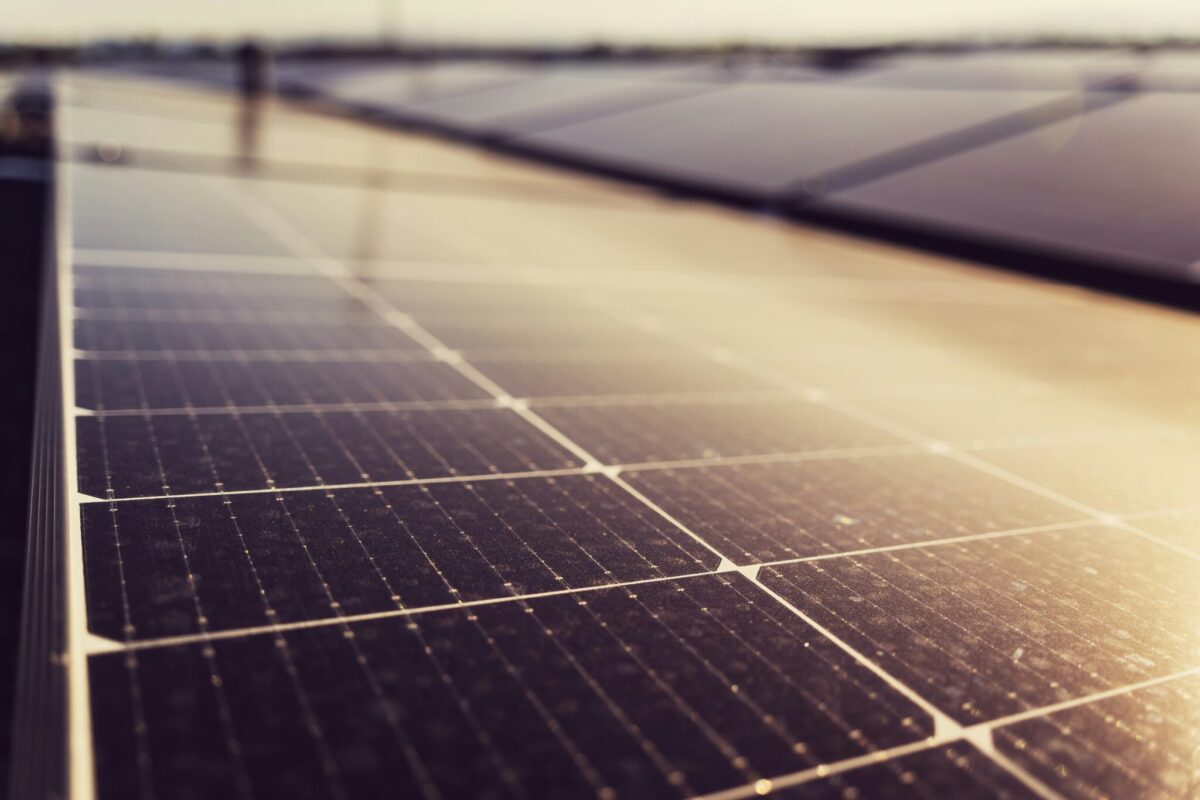
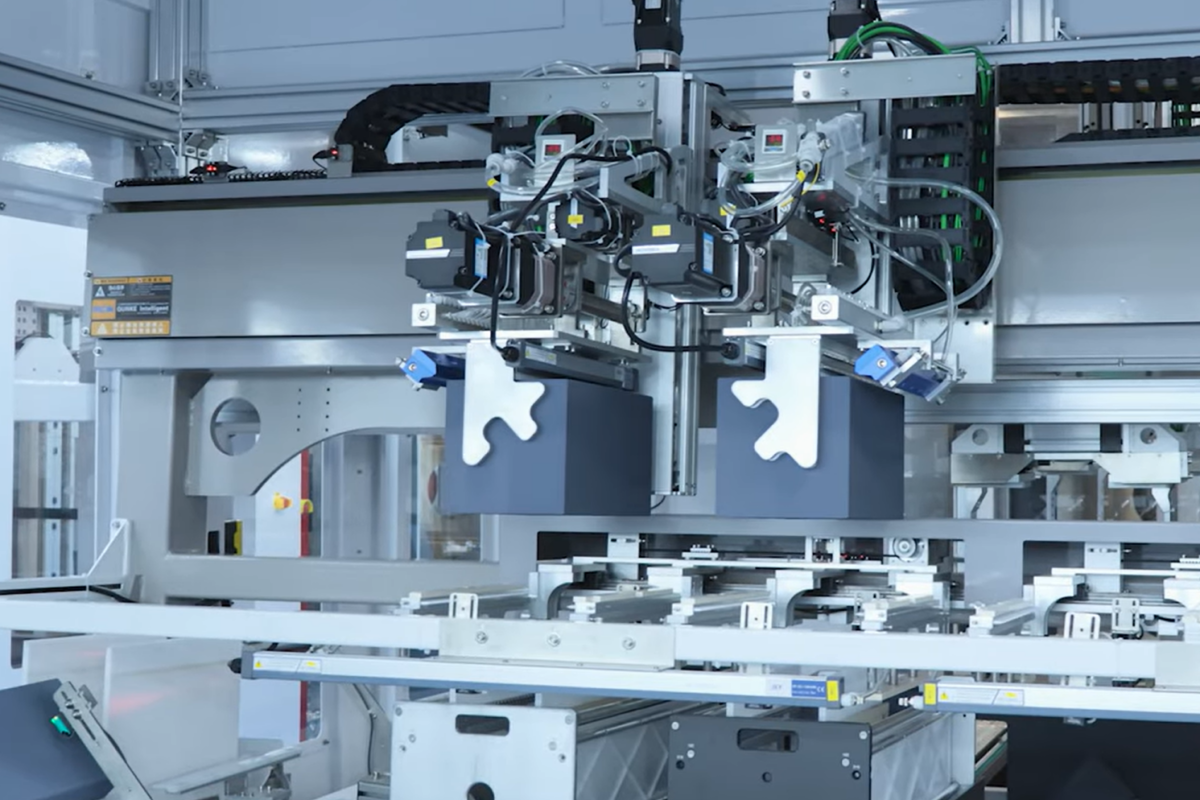

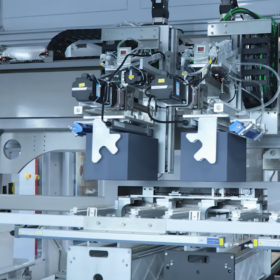

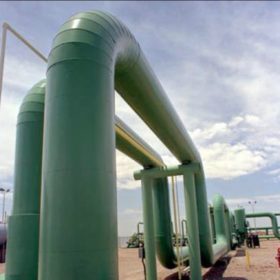
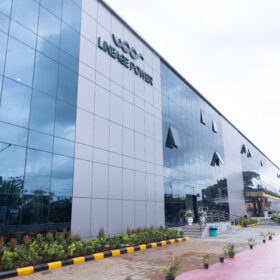

By submitting this form you agree to pv magazine using your data for the purposes of publishing your comment.
Your personal data will only be disclosed or otherwise transmitted to third parties for the purposes of spam filtering or if this is necessary for technical maintenance of the website. Any other transfer to third parties will not take place unless this is justified on the basis of applicable data protection regulations or if pv magazine is legally obliged to do so.
You may revoke this consent at any time with effect for the future, in which case your personal data will be deleted immediately. Otherwise, your data will be deleted if pv magazine has processed your request or the purpose of data storage is fulfilled.
Further information on data privacy can be found in our Data Protection Policy.